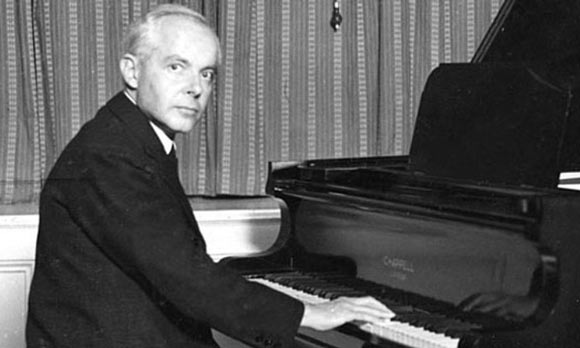Why Do Violinists Hate Viola?
As a violist and musician, I've often wondered why violinists seem to have a disparaging attitude towards violists. While I don't think violinists truly hate violists, there are some historical and practical reasons why violists are often the subject of jokes and stereotypes. In this article, we'll explore the reasons behind this phenomenon and how things have changed in modern times.
Historical Subordination
In orchestras, violas have traditionally played a subordinate role, often relegated to playing oompahs and whole notes while the first violin gets the melody and virtuosic parts. This historical context might have contributed to a perception that violas are less desirable. In the past, viola parts were often written by composers as an afterthought, with the focus primarily on the violin and cello parts. This lack of attention and consideration for the viola section led to a sense of inferiority among violists.
Moreover, the viola's role in the orchestra was often seen as secondary, with the instrument providing harmonic support rather than taking the lead. This perception of the viola as a supporting instrument rather than a soloist has contributed to its lower status in the eyes of some violinists. The viola's limited solo repertoire and lack of virtuosic pieces further reinforced this notion.
Practical Challenges

Violas are harder to play than violins due to their larger size and shorter string length. This makes them more difficult to master, especially in the past when violas were not standardized. The viola's larger size and deeper pitch require a different technique and approach to playing, which can be challenging for some musicians.
In addition, the viola repertoire has historically been limited, with fewer virtuosic pieces written for the instrument. This lack of challenging music has contributed to a perception that violists are less skilled than violinists. The viola's lower pitch and warmer tone also require a different bowing technique and finger placement, making it more difficult for some musicians to transition from violin to viola.
Hierarchical Sentiment

In orchestras, there's a perceived hierarchy, with first violinists considered the best and violists lower on the ladder. This sentiment persists, even if it's not entirely true in professional orchestras. The hierarchy is often based on the perceived difficulty of the instruments, with the violin seen as the most challenging and prestigious.
This hierarchical sentiment is also reflected in the seating arrangement of orchestras, with the first violins seated at the front and the violas towards the back. This physical separation can contribute to a sense of segregation and reinforce the perception that violists are less important. The hierarchy is also evident in the audition process, with violinists often given priority over violists for solo and chamber music opportunities.
Improvements and Changes
However, things have changed in modern times. Violas are now more standardized, and composers are writing more virtuosic pieces for the instrument. The development of modern viola makers has led to a more consistent and high-quality instrument, making it easier for musicians to produce a beautiful sound.

Furthermore, the rise of solo viola repertoire has challenged the perception that violists are less skilled. Composers like Béla Bartók, Paul Hindemith, and William Walton have written iconic pieces for the viola, showcasing its expressive qualities and technical demands. The increase in viola soloists and chamber music ensembles has also raised the profile of the instrument and its players.
Modern Viola Players
In recent years, there has been a surge in talented viola players who have challenged the stereotypes and proven the instrument's worth. Musicians like Kim Kashkashian, Yuri Bashmet, and Roberto Díaz have demonstrated the viola's expressive capabilities and technical demands, earning recognition and respect from their peers.
The rise of social media and online platforms has also given viola players a voice and a platform to share their music and connect with other musicians and music lovers. This increased visibility has helped to break down the stereotypes and prejudices that have historically plagued the viola community.
So what can we learn from the jokes?
While there may still be some jokes and stereotypes about violists, it's clear that the instrument and its players have come a long way. The viola's unique sound and contributions to the orchestra are now recognized and appreciated by many. Let's celebrate the progress made in recognizing the value of violists and the instrument they play.
















